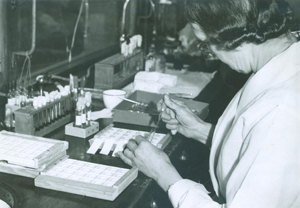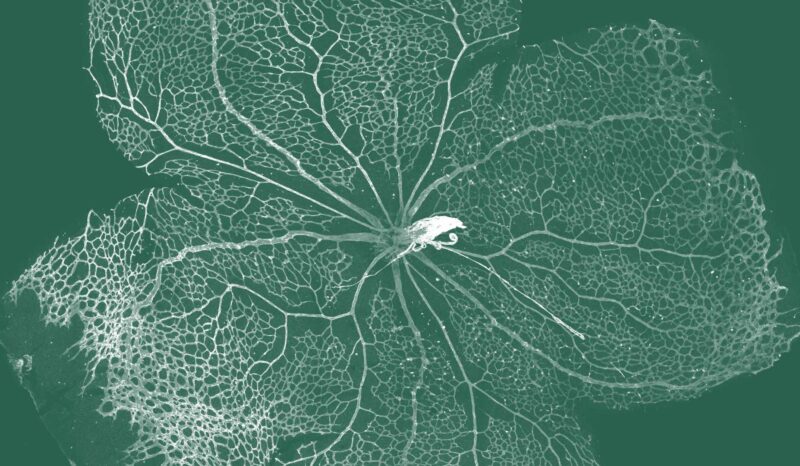Miss Williams was the institute’s first bacteriologist and serologist, and managed her own laboratory where she studied infectious diseases including hydatid

disease, dysentery and syphilis. She was considered an expert in dysentery due to her research during the war, and was awarded the Associate Royal Red Cross for her work.
Along with Dr Ian Wood, Miss Williams established Australia’s first blood bank, in 1939. Together they developed techniques for blood storage, overcoming difficult problems in obtaining, storing and administering blood products. This facility became the centre for Red Cross blood transfusion services in the first years of World War II.
Miss Williams was an inspirational leader, mentor and trainer. In addition to her scientific work, she undertook general management of the institute as well as the training of new researchers and technicians.
She made a substantial contribution for the 37 years that she was employed at the institute. She retired in 1957 and was honoured with an MBE for her work that same year.



